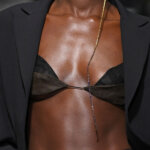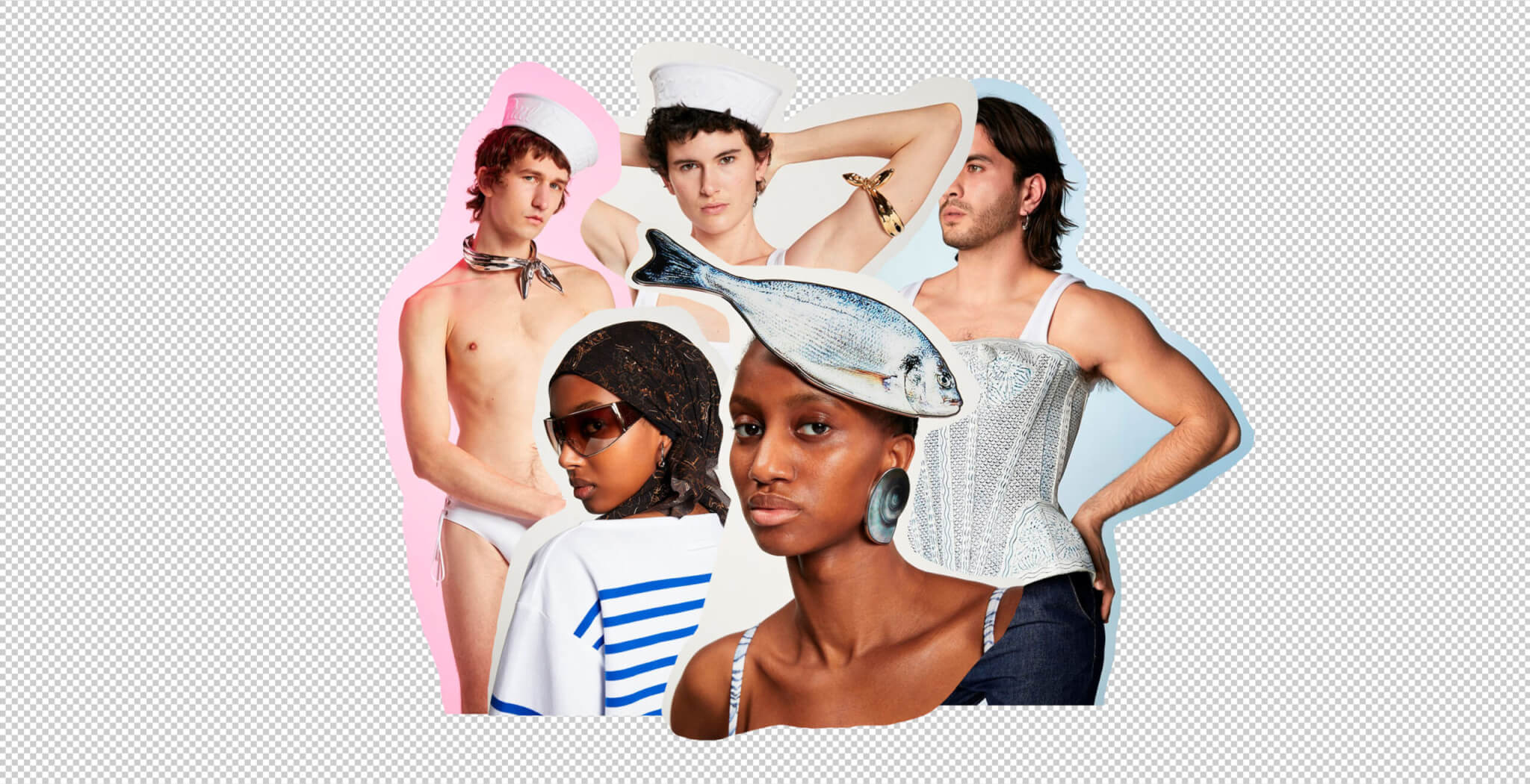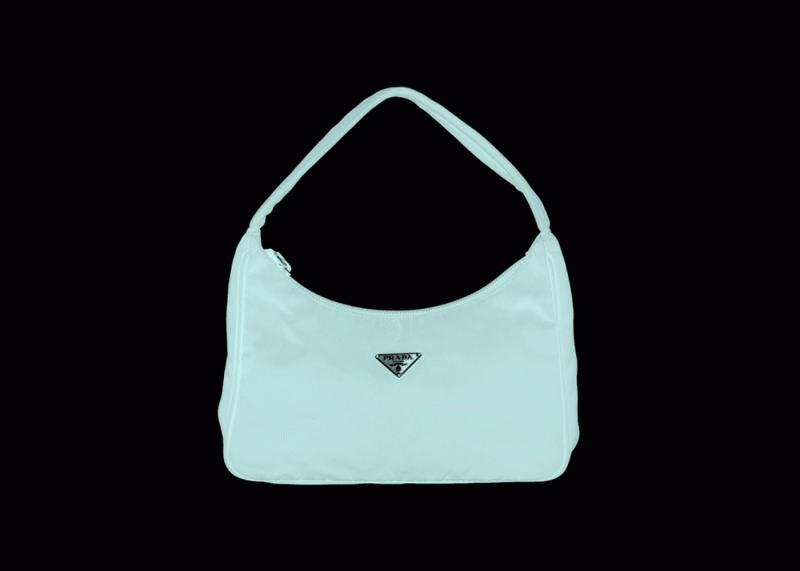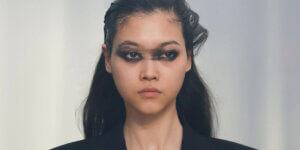Do you care about your underwear?
Well, you should! Few articles of clothing are as essential to daily life, yet this particular item, with its extensive history, remains both neglected and the subject of controversy.
From Victoria’s Secret to the corsets of yesteryear, underwear – and the lingerie category in particular – has traditionally stood for reinforcing conventional standards of beauty. You know, the ones that cater to the male gaze; that represent an extremely limited range of body shapes and sizes; that promote a narrow view of gender and its many expressions. Over the centuries, lingerie – and the ever-commercialized industry that surrounds it – has undoubtedly imposed unrealistic and, frankly, alienating ideals on its wearers.
And while it has a reputation for pandering to male fantasy, lingerie has also been used to push more liberated ideas of how women can proudly show their bodies and express their sexuality. Think Madonna in her Gaultier cone bra, or Coco Chanel entertaining in her pajamas.
In recent years, the industry has been going through a dramatic shift. Many women have turned away from ‘Hello Boys’ push-up bras in favor of brands like Marieyat and Les Girls Les Boys, which reflect cultural attitudes on diversity, body positivity and gender fluidity. The fanfare that used to accompany Victoria’s Secret shows has greatly diminished following controversies over its narrow – and often culturally inappropriate – portrayal of female beauty, while Rihanna’s Savage x Fenty has been celebrated for its inclusive casting and designs made for every shape, size and skin tone.
From Vivienne Westwood’s Victorian corsetry to Calvin Klein’s bias-cut slips, lingerie has always had a place on the runway. Playing a pivotal role in the realm of fashion design, transcending its functional purpose to become a symbol of sensuality, empowerment, and self-expression. As the foundation of an outfit, it shapes the silhouette, providing the canvas upon which designers bring their creative visions to life. The delicate fabrics, intricate details, and meticulous construction of lingerie exemplify the artistry within the fashion industry, enhancing both the outer appearance and the wearer’s inner confidence. From vintage-inspired corsets to modern minimalist designs, lingerie inspires designers to explore a diverse range of aesthetics, contributing to the rich tapestry of fashion’s ever-evolving landscape.
Nensi Dojaka for example has long admired the art of lingerie and its ability to empower the wearer. This is evident in her intricate designs, which envelop the female form in a web of twisted, sheer textiles that exude a raw and unapologetic sensuality. The Albanian-born designer developed her now signature draping technique during her MA at Central Saint Martins, which she will graduate from in 2019. For her Spring-Summer 2020 lookbook, Dojaka asked her models to photograph themselves on their phones – a comment on how she believes women should be in control of their own image. For Autumn-Winter 2020, she debuted at London Fashion Week with Fashion East, showing a confident collection of deconstructed mini camisole dresses, circle bra tops and drawstring skirts in dark, neutral tones. These delicate pieces were worn with masculine shirts and blazers.
“I want my clothes to embrace the strong and soft duality of modern womanhood,” she told CNN. “The unexpected details and colour palette work together to create a sense of mystery around the image of the woman who is seductive and untouchable.”
Meanwhile, Sinéad O’Dwyer pushes the boundaries of lingerie-inspired fashion with conceptual designs that promote body positivity, and has created pieces for Björk, Arca and Kelsy-Lu. She grew up in rural Ireland “making weird clothes”, and graduated from the Royal College of Art in London in 2018 with an MA. During her time studying fashion, she came to terms with her own struggles with body dysmorphia and fashion’s outdated approach to sizing. “I started to recognise my behaviours around food and body control, and why they had such a negative impact on me. I also thought about how the industry has chosen a size and proportions of a person to cut pattern blocks to, which means that if you fit that shape on your own body, you think there’s something wrong with you. I started talking to other women and it soon became a universal story,” she told CNN.
Her experience led O’Dwyer to start live-casting her friends’ bodies and turning them into wearable sculptures. It’s an intensive process that can take weeks to complete. It starts with painting the skin in a gel, which hardens and is then covered in clay. This becomes a detailed mould from which another fibreglass mould is made. The result is a fusion of silicone, silver and silk that expertly recreates each woman’s figure. Breasts and stomachs of varying sizes, as well as natural wrinkles, are beautifully displayed. For her Spring/Summer 2020 collection, which debuted at London Fashion Week, O’Dywer showcased silky straps, coiled ribbons, skimpy briefs and ‘under-boob’ bras that ruffled the flesh.
In the evolving world of fashion, lingerie emerges not just as a functional underpinning but as a dynamic force shaping perceptions of beauty, self-acceptance, and gender expression. Its history, marked by both conformism and subversion, reveals the power it holds in challenging societal norms, pushing boundaries, embracing body positivity and redefining beauty with their innovative creations. This evolution, driven by the pursuit of empowerment and embracing every form of individuality, transforms lingerie into an emblem of modern feminism, celebrating both strength and softness.




























